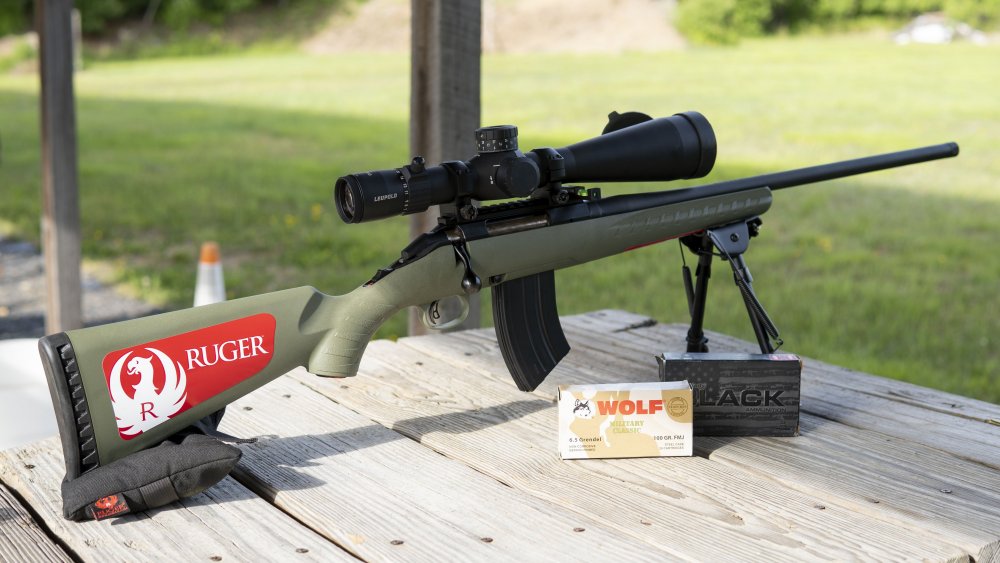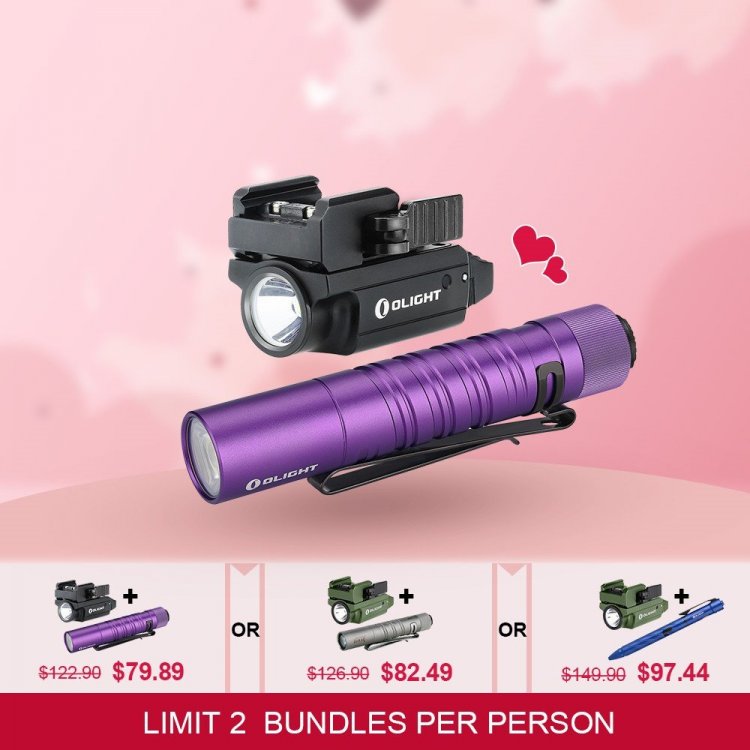-
Supporting Vendors
-
-
Latest Topics
-
-
Posts
-
Near it. Now don't argue a few inches of penetration here. That can vary to the testing conditions using ballistics gel. But ballistics gel, properly used, gives a consistent standard for evaluation. 45 hardball runs about 30" of penetration. 9mm parabellum fmj runs 24-26". Not much difference. I have seen 45 fmj hit heavy bone like a hip and not exit. But the shot stopped the guy. Made the bad guy fall down. He dropped his gun in the process and offer no further resistance. Remember, as good guys we dont shoot to kill we shoot to stop. If you get the first shot off, miss the bad guy, and he drops his gun and surrenders that is a successful shoot. From the tests I've seen most of the 9mm copper rounds run about the same or a bit more than std fmj. They get their penetration from their high velocity. AFAIC I'd just as soon use fmj than pay the premium price copper rounds cost. Remember, once you get an entry and exit wound on the bad guy anything else is wasted and dangerous. There was a shooting by NYPD in the past few years. IIRC the bad guy was kind of big and was coming after two NYPD officers with a knife. Both shot him and they found bullets in the bad guys jacket. Initially it was reported the jacket stopped the Gold Dot the NYPD officers were using. When the boys (and girls) from forensics got done with their stuff the bullets had penetrated the bad guy and lodged in the jacket. Perfect performance of a SD bullet. There was another shooting outside the Empire State Building. The bad guy wasn't that big. NYPD shot him and there were claims bystanders were hit by the NYPD bullets. The crew from forensics proved the bystanders were hit by fragments of the NYPD bullets that had penetrated the bad guy. So much for all the people who claim cops can't shoot. I bring these incidents up because I always wait "for the rest of the story" before making a judgement. I'm not a fan of +P except in 38 special. I carry factory wadcutters in a j frame. Ive stated my reasons why several times. However, if you havent seen them pm me and I'll tell you. NATO spec pressure falls between SAAMI spec and +P. +P in 9mm really doesn't get you much more in performance over standard 9mm rounds. I've drifted from your question but felt my answer is applicable. The hollowpoint law in NJ only puts bystanders at risk.
-
-












